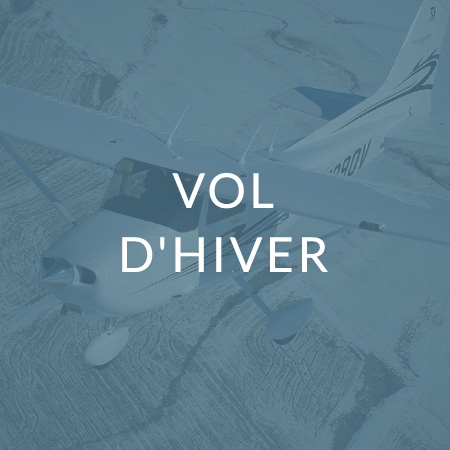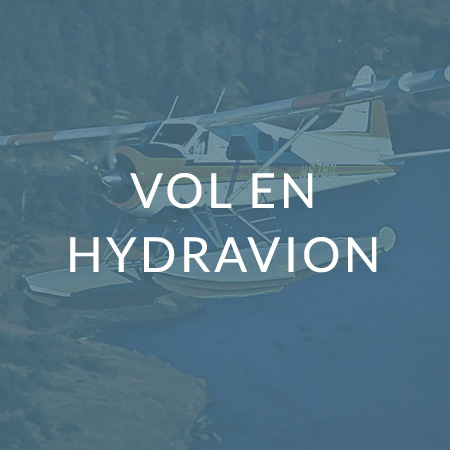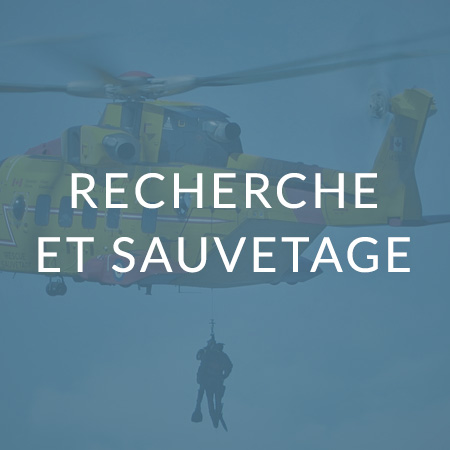Winter Fog
I was intending to depart Watson Lake, Yukon Territory, in my Seneca II for an IFR flight to Whitehorse. A telephone weather briefing had the Watson Lake 1500Z weather as 400 ft. obscured, with the visibility 1/2 mi. in fog, temperature -24°C, dew point -27°C, and wind calm. At 1600Z, it was 500 ft. obscured with 1 mi. visibility in fog.
On arriving at the airport, we started the engines. A radio call to the Watson Lake community aerodrome radio station revealed that the latest weather was now down to 100 ft. obscured, with the visibility 1/8 mi. in fog, temperature -22°C, dew point -25°C, and wind calm. This meant, of course, that our departure was going to be delayed, but we decided to taxi the aircraft over to the nearby terminal so that we could at least go inside and be warm while we waited for the weather to improve.
On shutting down and deplaning, I was amazed to note that 1/2 to 3/4 in. of ice had formed on the leading edge and the entire back surface of the propeller blades. The ground run and taxi had taken fewer than five minutes. The props are electrically heated, but little of the ice was on the heated area.
We removed the ice and, after the fog lifted, we departed without incident. What would have happened had we attempted to take off earlier, I do not know. There would certainly have been substantially more ice on the props after the taxi, run-up and takeoff roll.
It's something to keep firmly in mind when operating in fog at low temperatures.
John Faulkner
Whitehorse, Yukon Territory
There is little data on aircraft icing characteristcs in freezing fog. However, the icing environment is known to be severe. And, evidently, at the propeller RPM being used for ground operations, the props became very efficient collectors.
At takeoff RPM, the ice might have been shed, but there are no guarantees. There would likely have been a significant loss of thrust along with a corresponding increase in takeoff distance and a reduced climb performance. If and when the ice broke off, there might have been serious damage from vibration, or from ice striking the fuselage or being ingested by the engine. An engine failure with a poorly performing "good" engine is not a happy thought.
As Mr. Faulker wrote, it's something to keep in mind when operating in freezing fog.
Originally Published: ASL 4/1997
Original Article:Winter Fog
























